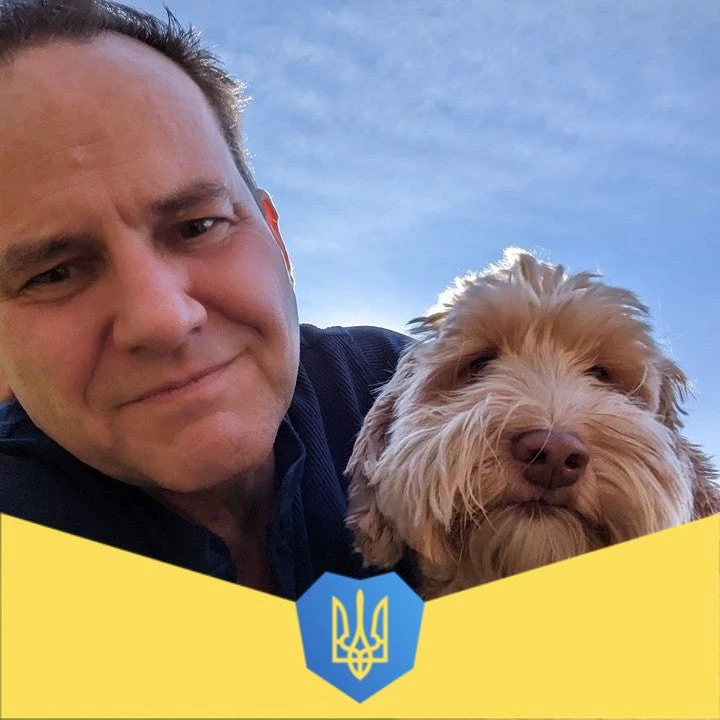
“Are you following everything?” asked my colleague. “If not I’ll be glad to explain anything that isn’t clear.”
“I understand,” he said. “Please continue.”
But I could tell from his body language that he didn’t understand anything at all. And I knew he would never admit a lack of knowledge in front of his subordinates. But there was another reason I suspected the official wasn’t being entirely forthright: I could barely follow the discussion myself.
After the meeting I googled “public-private partnerships” to give myself a crash course. There were literally millions of information sources, but most were difficult to follow. I ground through a few articles and slowly began to understand. But what of the official? At his level of English, it would be nearly impossible for him to educate himself about PPPs.
Why was this a problem? Because the country in question very desperately needed to rebuild its crumbling infrastructure, inject new life into its healthcare system, and bring educational institutions to a higher level. Through PPPs, private sector could potentially contribute financing, managerial expertise and technical know-how to help government address these challenges. But since so few policymakers understood how PPPs worked, it would be hard to tap into these resources.
If I were in the same situation today, I would have a solution at hand: the new massive open online course, or MOOC, on PPPs. For the last year, the World Bank Group has been working with Coursera, the world’s leading MOOC provider, to develop the course.
The MOOC, taught by international experts from top universities and institutions, including Harvard University, Johns Hopkins University, and the Indian School of Business, would have been a great way to jump-start the client’s knowledge of PPPs. Being video-based, he would not have to rely on reading comprehension in English. He could choose one of two levels: a basic awareness track or a more in-depth policy and practice track. And it would have provided numerous resources to further explore PPPs.
I could also have benefited from the course – armed with core PPP principles, I would have been much better prepared to support my colleague spread the message.
PPPs are becoming more important in emerging economies, so knowing something about them will be helpful for anyone in development. If you’d like to get a solid grounding in PPP concepts, I encourage you to give it a shot. If you know people in government who may be interested, please send them the link. If you teach students PPPs, this course could be a valuable resource to complement your class.
Here’s what you can do next to begin educating yourself about PPPs:
- Enroll in the free PPP MOOC
- Visit the World Bank Group’s PPP page
- Sign up for our mailing list to get the latest on PPPs
- Follow us on Twitter


Join the Conversation